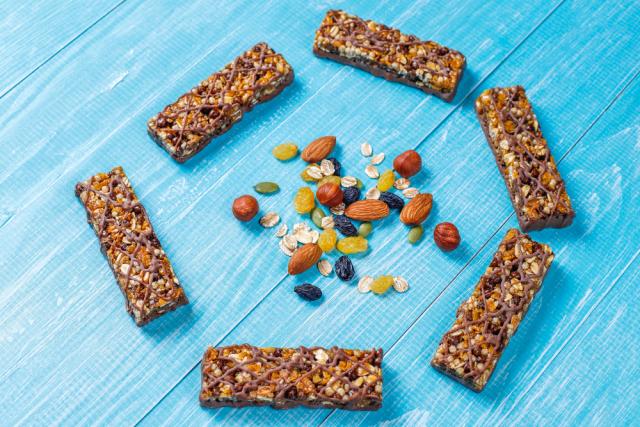
Energy bars have become a go-to snack for fitness enthusiasts and health-conscious consumers. They provide instant energy and offer various health benefits.
According to Coherent Market Insights, global sales of energy bars are projected to soar at 5.3% CAGR during the assessment period. Total industry valuation is set to reach US$ 4.85 billion by 2030.
Primary Energy Bar Ingredients
Energy bars are gaining significant popularity and attention, with different types emerging in the industry. But what exactly goes into these compact bars that promises to keep consumers energized and satiated? The answer is a combination of proteins, fats, carbohydrates, fiber, etc.
- Carbohydrates
Carbohydrates are a primary ingredient present in energy bars. They provide a quick energy boost on the go. These ingredients are included in the form of simple carbs like glucose and fructose or complex carbs like oats and grains.
Carbohydrates help the body during intense activities by supplying a quick energy boost. People consume energy bars during pre-workout or post-workout to replenish glycogen and maintain performance levels.
- Protein in Energy Bars
Energy bars contain one or more sources of protein, essential for muscle repair and growth. Some common protein sources in energy bars include
- Whey protein isolate
- Soy protein isolate
- Pea protein
- Nuts and seeds
- Legumes (like peanut butter and chickpeas)
Dairy-based proteins are widely used in energy bars. Veganism, however, is changing this trend. Today, more and more energy bar manufacturers are shifting their focus towards using plant-based proteins in their products. This is expected to woo vegan and eco-conscious customers.
- Fats
Energy bars are also loaded with healthy fats. These ingredients are crucial for energy and metabolic functions. They support brain function, regulate hormone production, and enhance overall metabolic health. Some healthy fat sources used in energy bars include
- Nuts and seeds
- Oils
- Nut butter
Fiber
Energy bars also contain soluble and insoluble fibers, which provide various health benefits. Soluble fiber helps regulate blood sugar levels and lower cholesterol. Insoluble fiber aids in digestion. Common fiber sources in energy bars include
- Soluble fiber: found in legumes, oats, and some fruits
- Insoluble fiber: found in legumes, oats, and some fruits
Vitamins and Minerals
Some energy bars also include nutritional supplements like vitamins and minerals to enhance performance and provide specific health benefits. This includes addition of B vitamins, iron, and calcium.
Apart from primary ingredients like proteins and carbs, energy bars also contain other ingredients that provide additional benefits. These include
Sweeteners
Sweeteners are also being incorporated into energy bars to improve their taste and flavor. While sugar remains an obvious choice, many companies are shifting their preference towards using healthier alternatives like honey, stevia, and agave nectar. There is a growing interest in using natural ingredients in energy bars.
Additives and Preservatives
Manufacturers also add various additives and preservatives to energy bars to improve texture and extend their shelf life. These include citric acid, lecithin, and natural flavors.






